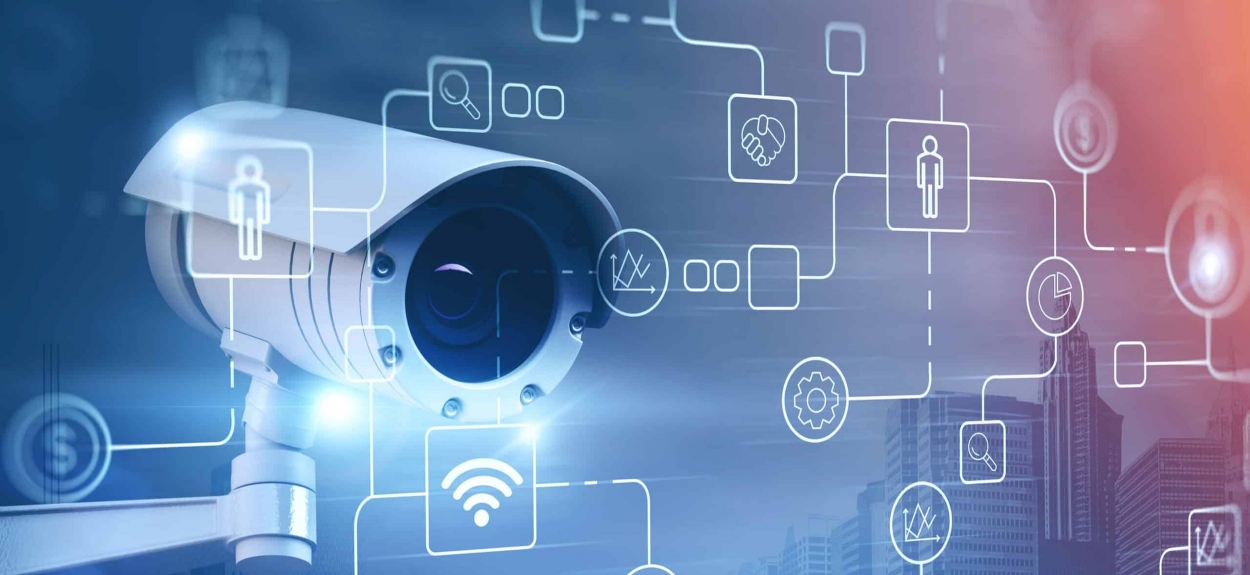
Advanced technology plays a pivotal role in modern bank security systems, revolutionizing the way banks protect their assets, employees, and customers. High-definition surveillance cameras equipped with facial recognition and motion detection capabilities provide constant, real-time monitoring of all areas within and around the bank, significantly enhancing the ability to detect and deter criminal activities.
Biometric access control systems, including fingerprint and retina scanners, ensure that only authorized personnel can access sensitive areas, thereby reducing the risk of internal theft and unauthorized access. Integrated alarm systems and smart panic buttons, which are directly linked to local law enforcement agencies, enable rapid responses to emergencies, ensuring timely intervention during robberies or other security breaches. Additionally, advanced encryption technologies protect sensitive data and communications, preventing cyber-attacks that could compromise bank operations. The implementation of AI and machine learning algorithms further strengthens security by analyzing patterns and predicting potential threats, allowing for proactive measures.
Automated teller machines (ATMs) now come with enhanced security features such as anti-skimming devices and biometric authentication, reducing the risk of fraud. Furthermore, remote monitoring and management of security systems enable banks to maintain robust security measures across multiple locations with ease. Regular software updates and patches ensure that security systems remain resilient against evolving threats. In essence, advanced technology not only fortifies physical security measures but also integrates seamlessly with cybersecurity protocols, creating a comprehensive security framework that addresses both physical and digital threats.
This holistic approach is crucial in maintaining the integrity and trustworthiness of banking institutions in an increasingly complex threat landscape.



